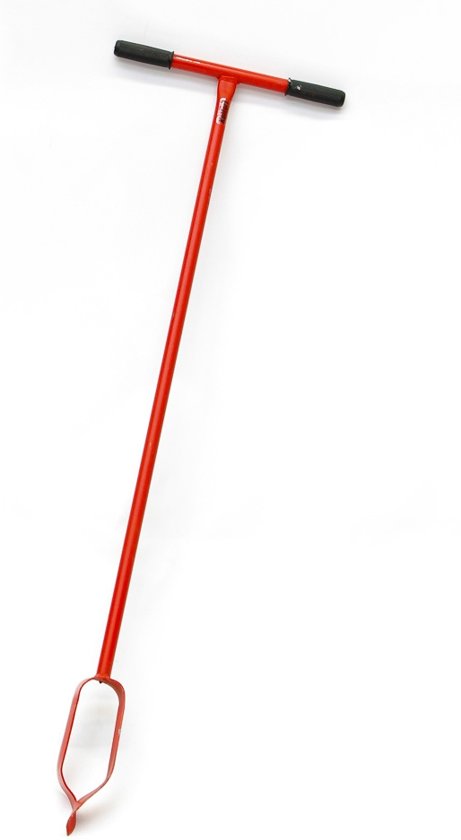- Thread starter
- #41
KahKaDoodleDo22
Songster
Thank you for your reply! 
That was helpful, I feel like it’s a downpour here often and it’s always sooooo wet!


My mom lives in FL so I know the down pours your taking about. We were just there last August.
I’ll try the pellets. That sounds like a good idea thanks! Also water gets on my shavings in the inside house too and it’s from all their little feet. Can’t keep up, the pellets might be their answer here!!
And I am well aware of the “no permanent” solution, ever. Hahahhahahah. The beauty of owning chickens I guess.

That was helpful, I feel like it’s a downpour here often and it’s always sooooo wet!
My mom lives in FL so I know the down pours your taking about. We were just there last August.
I’ll try the pellets. That sounds like a good idea thanks! Also water gets on my shavings in the inside house too and it’s from all their little feet. Can’t keep up, the pellets might be their answer here!!
And I am well aware of the “no permanent” solution, ever. Hahahhahahah. The beauty of owning chickens I guess.



